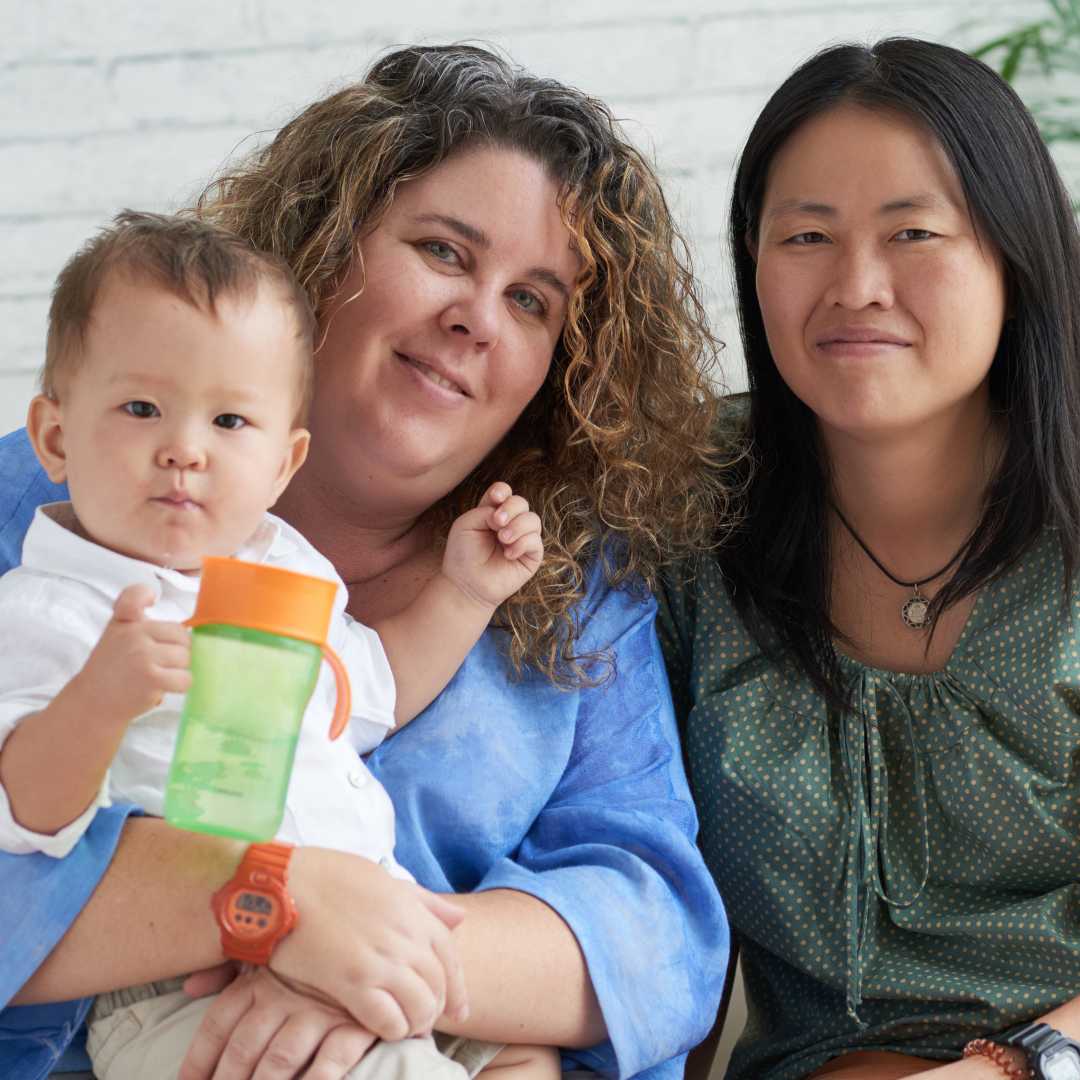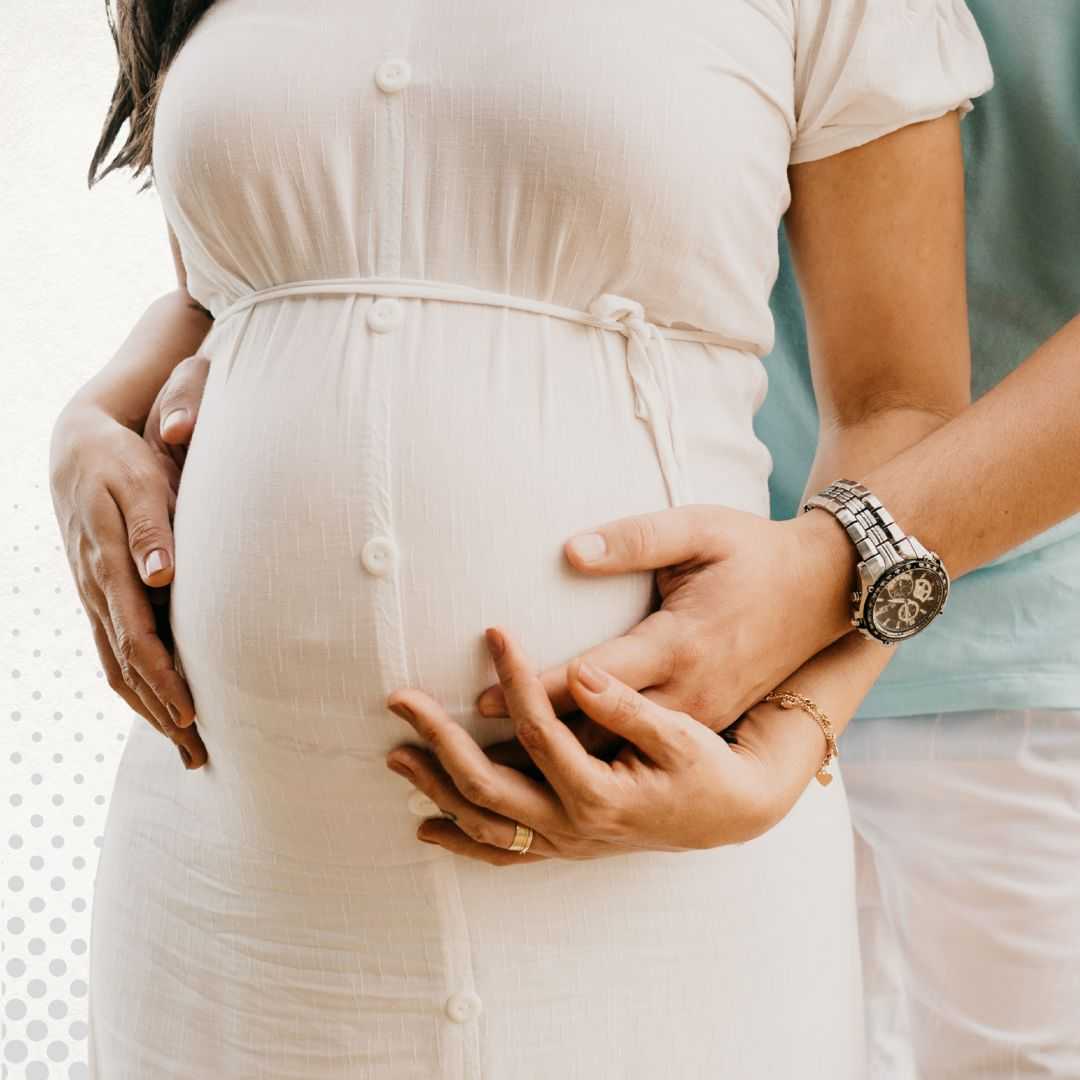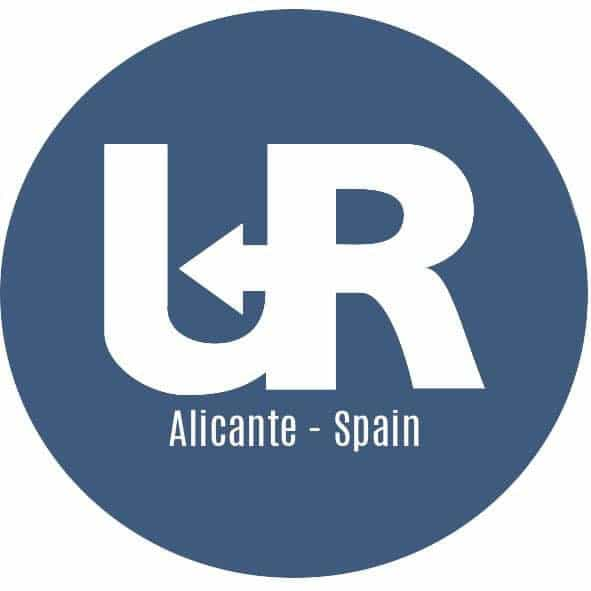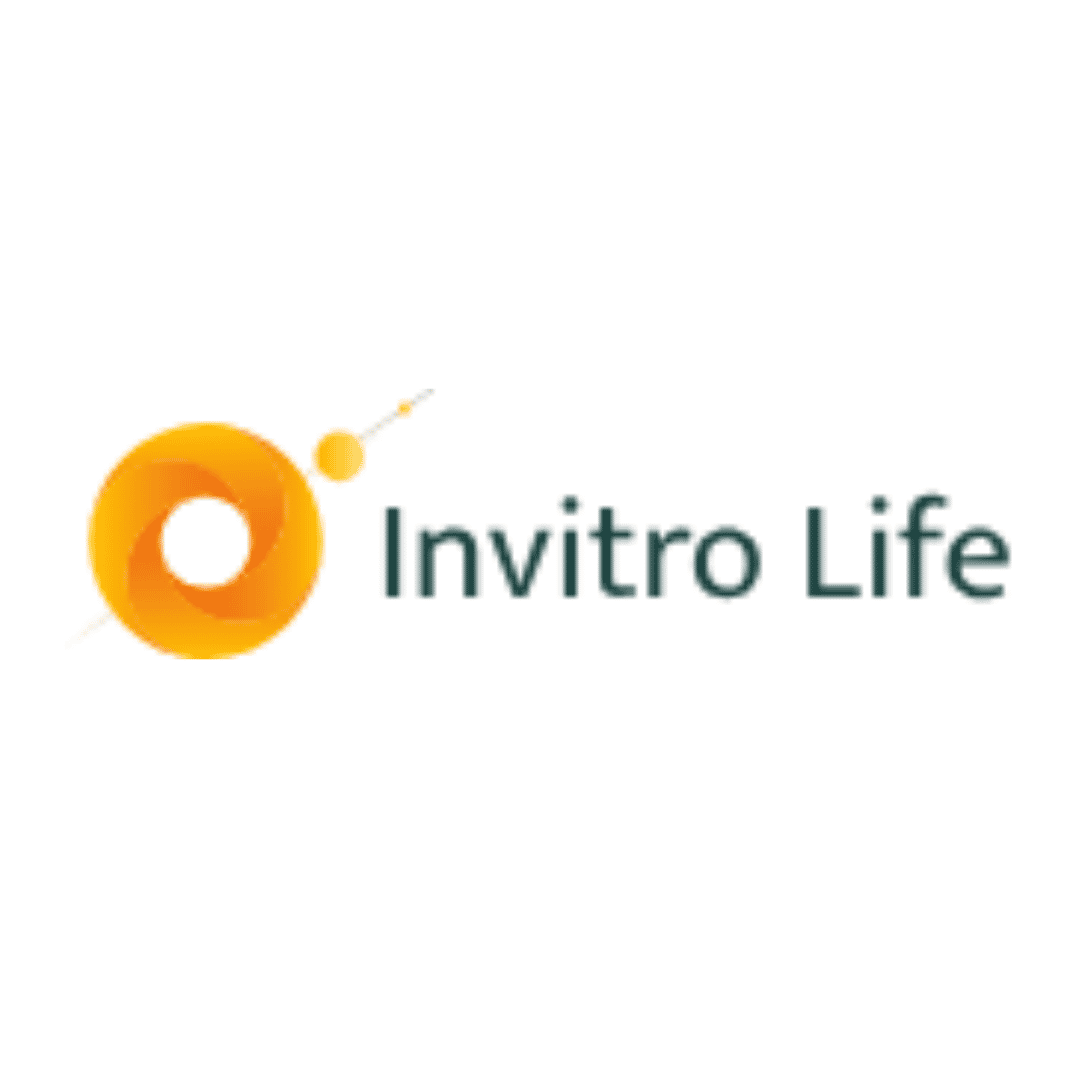.png)
For many UK couples facing fertility challenges, the journey to parenthood can be emotionally and financially taxing. Limited NHS availability, long waiting lists, and the high cost of private treatment in the UK have led many to explore options abroad. Spain has long been a beacon of hope, establishing itself as Europe's leading destination for in vitro fertilization (IVF) due to its advanced legal framework, high success rates, and world-class clinics.
This comprehensive guide is designed for UK couples considering IVF in Spain. It covers every aspect of the journey, from costs and legal considerations to choosing a clinic and understanding the treatment process, helping you make an informed decision on your path to creating a family.
Key Takeaways
-
Liberal Legal Framework: Spain's fertility laws are among the most advanced in the world, permitting treatment for single women, same-sex female couples, and heterosexual couples, with anonymous egg and sperm donation.
-
High Success Rates: Spanish IVF clinics consistently report some of the highest success rates in Europe, particularly for treatments involving egg donation, due to a large pool of young, healthy donors.
-
Cost-Effective Treatment: While not the cheapest destination, Spain offers excellent value. IVF treatment is significantly more affordable than in the UK, especially when considering advanced options like egg donation.
-
Cost of IVF Treatment:
-
Spain: A standard IVF cycle with own eggs costs €4,500 - €7,000. IVF with egg donation ranges from €6,000 to €10,000.
-
United Kingdom (Private): A single IVF cycle costs £5,000 - £8,000, with egg donation cycles often exceeding £10,000 - £14,000.
-
Turkey: A standard IVF cycle can cost between £2,500 and £4,000.
-
Mexico: IVF with own eggs typically costs $4,000 - $6,500 USD.
-
Why Spain is a Leader in Fertility Treatment
Spain's reputation as a top destination for IVF is built on a combination of progressive legislation, medical excellence, and a patient-centric approach. For UK couples, it offers access to treatments and donor options that may be limited or unavailable at home.
The advantages of choosing Spain for your fertility journey are clear and compelling:
-
Advanced Fertility Laws: Spanish law, established in 1988, is a cornerstone of its success. It guarantees donor anonymity, which has resulted in a large and diverse pool of egg and sperm donors, eliminating the long waiting lists common in the UK. The law also permits treatment for all women up to the age of around 50, regardless of marital status or sexual orientation.
-
World-Renowned Clinics and Specialists: Spain is home to some of the world's leading fertility clinics, particularly in cities like Barcelona, Madrid, Valencia, and Alicante. These centers are staffed by highly experienced reproductive endocrinologists and embryologists who are at the forefront of assisted reproduction technology.
-
Exceptional Egg Donation Programs: Due to the anonymous donor system, Spain excels in IVF with egg donation. Donors are young (typically 18-35), undergo rigorous health screening, and the availability of diverse donors allows for excellent phenotype matching (matching physical characteristics) with the recipient.
-
No Waiting Lists: The efficiency of Spanish clinics and the availability of donors mean that UK patients can start their treatment almost immediately, a crucial factor when age is impacting fertility.
-
Ease of Travel: With numerous direct and affordable flights from all major UK airports, traveling to Spain is simple and convenient.
.png)
Understanding Your IVF Options in Spain
Spanish clinics offer a full spectrum of assisted reproductive technologies, from standard IVF to more complex procedures involving genetic testing and donor gametes. Your treatment will be tailored to your specific medical history and fertility diagnosis.
During your initial consultation, your Spanish fertility specialist will recommend the most appropriate treatment plan. Here are the most common options:
IVF with Own Eggs
This is the standard form of IVF, where the woman's own eggs are retrieved, fertilized with her partner's (or a donor's) sperm in a laboratory, and the resulting embryo is transferred back to her uterus.
This treatment is suitable for women who have a good ovarian reserve and egg quality. The process involves ovarian stimulation with hormones, egg retrieval under light sedation, fertilization using either conventional IVF or ICSI (Intracytoplasmic Sperm Injection), embryo culture for 3-5 days, and finally, the embryo transfer.
IVF with Egg Donation
For women with low ovarian reserve, poor egg quality, advanced maternal age, or a history of genetic disease, IVF with donor eggs offers the highest chance of success.
This is where Spanish clinics truly excel. You will be matched with a carefully screened, anonymous young donor whose physical characteristics resemble your own. The donor undergoes the ovarian stimulation and egg retrieval process. Her eggs are then fertilized with your partner's sperm, and the resulting embryo is transferred to your uterus, which has been prepared to be receptive.
Preimplantation Genetic Testing (PGT)
PGT is a sophisticated technique used to screen embryos for chromosomal abnormalities (PGT-A) or specific genetic diseases (PGT-M) before they are transferred to the uterus. This increases the chance of a successful pregnancy and reduces the risk of miscarriage.
PGT-A is often recommended for women over 35, couples with a history of recurrent miscarriage, or those with previous failed IVF cycles. By selecting only chromosomally normal (euploid) embryos for transfer, the chances of a healthy live birth are significantly improved.
Cost of IVF Treatment: Spain vs. The UK
While the primary motivation for seeking fertility treatment in Spain is often its superior options and success rates, the financial aspect is also a significant advantage. The overall cost, especially for egg donation, is substantially lower than in the UK's private sector.
It's important to understand what is included in a clinic's quoted price. Top Spanish clinics are generally transparent with their pricing, but you should always request a detailed cost breakdown.
Here's a general comparison of costs:
Did You Know? Spain performs more assisted reproduction treatments than any other country in Europe. This high volume not only demonstrates the trust patients place in their system but also contributes to the vast experience and refined expertise of their fertility specialists.
The Patient Journey: A Step-by-Step Guide for UK Couples
Spanish clinics are highly experienced in treating international patients and have streamlined the process to be as smooth and stress-free as possible, minimizing your time away from home.
Here’s what a typical IVF journey from the UK to Spain looks like:
-
Initial Online Consultation: Your journey starts with a video consultation with a fertility specialist in Spain. They will review your medical history and recommend a treatment plan and any necessary preliminary tests, which can be done in the UK.
-
Treatment Planning and Coordination: An international patient coordinator, who will be your main point of contact, will help you plan your cycle. They will coordinate with a UK-based clinic or doctor for any required scans and blood tests during the stimulation phase.
-
First Visit (for IVF with own eggs): The Egg Retrieval. You will travel to Spain for the final days of your ovarian stimulation monitoring and for the egg retrieval procedure. This visit typically lasts 5-7 days. Your partner will provide a sperm sample on the day of retrieval.
-
Embryo Culture and Freezing: After fertilization, the embryos are cultured in the lab for 5 days to the blastocyst stage. Any resulting high-quality embryos are typically frozen (vitrified), and you can return home.
-
Second Visit: The Frozen Embryo Transfer (FET). A month or two later, you will prepare your uterine lining using medication prescribed by the clinic (monitored in the UK). You will then travel back to Spain for the quick and painless frozen embryo transfer. This trip is much shorter, usually lasting only 2-3 days.
-
Pregnancy Test and Follow-up: You will take a blood pregnancy test with your GP back in the UK about 10-12 days after the transfer. The Spanish clinic will remain in close contact to guide and support you through the early stages of your pregnancy.
Expert Insight: "The 'freeze-all' strategy followed by a Frozen Embryo Transfer in a subsequent cycle has become the gold standard. It allows the woman's body to recover from the ovarian stimulation, creating a more natural and receptive uterine environment for the embryo. This approach has been shown to increase live birth rates and improve neonatal outcomes, which is our ultimate goal for every patient."
Frequently Asked Questions (FAQs)
What are the legal age limits for IVF in Spain?
While there is no strict legal age limit, the vast majority of private clinics, following recommendations from scientific societies, will offer treatment to women up to the age of 50-52, depending on their individual health assessment.
Is donor anonymity guaranteed in Spain?
Yes, the law in Spain guarantees complete anonymity for both egg and sperm donors. The child born from donation will never be able to identify the donor, and the donor will never know the identity of the recipients or the child. This is a key difference from the UK's open-identity system.
How are egg donors selected in Spain?
Donors undergo rigorous screening as mandated by law. This includes a detailed medical history, psychological evaluation, physical examination, and extensive testing for infectious diseases (like HIV, Hepatitis B & C, Syphilis) and genetic conditions, including a karyotype analysis.
How many embryos can be transferred in Spain?
The law permits the transfer of up to three embryos. However, the strong clinical trend and recommendation across all top clinics is to perform a Single Embryo Transfer (SET), especially when using donor eggs or genetically tested embryos, to minimize the risks associated with multiple pregnancies.
How successful is IVF in Spain compared to the UK?
Spanish clinics, particularly for egg donation, often have higher success rates. This is largely attributed to the use of eggs from young, healthy, and rigorously screened donors. For IVF with own eggs, success rates are comparable to top UK clinics and are highly dependent on the patient's age and diagnosis.
Can I choose the gender of my baby?
No. Sex selection for non-medical reasons (family balancing) is not permitted by law in Spain or anywhere else in Europe, including the UK.
Start Your Journey with PlacidWay
The path to parenthood through IVF can be complex, but you don't have to navigate it alone. PlacidWay is a trusted medical travel partner that connects you with Spain's most prestigious and successful fertility clinics. We provide support at every step, from choosing the right clinic to coordinating your treatment and travel.
Contact PlacidWay today for a FREE, personalized quote and access to world-class fertility care in Spain.

.png)

.png)






.png)






Share this listing